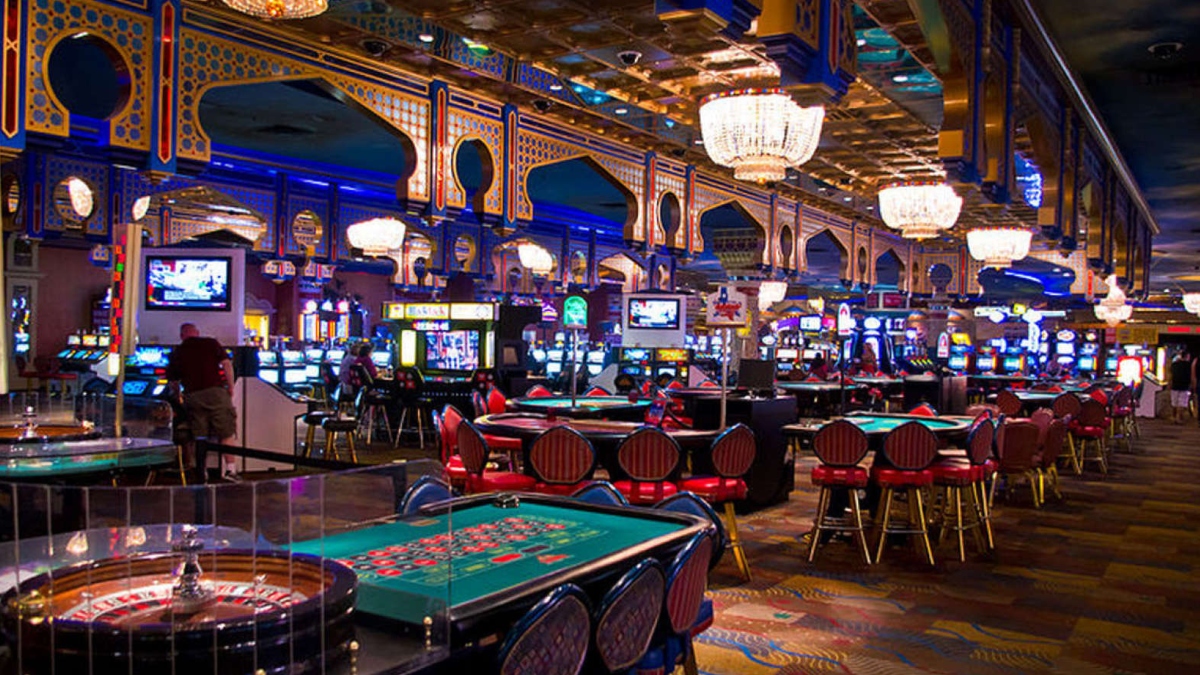The Engagement of Game Mechanics in Gaming Experiences
The world of gambling entertainment has long fascinated participants with its mix of thrill, strategy, and the thrill of luck. As tech advancements progresses and the gaming landscape changes, an new approach known as game-based learning has started to redefine the way we interact with these classic games. By including gaming features such as tasks, rewards, and progress tracking, gamification enhances player involvement and transforms the traditional casino environment into a more lively and inviting space.
This approach in gambling games not only appeals to experienced players but also attracts a fresh group of players who desire a much immersive experience. Featuring features that encourage involvement and build connection among players, the gamified elements infuse fresh energy into beloved classics like poker, 21, and slot machines. As we dig deeper into this trend, we will explore how gamification is redefining the casino atmosphere, making it more inclusive, entertaining, and rewarding for all participating.
Grasping Game Mechanics

Gamification denotes the implementation of gaming features in real-world contexts to improve user engagement and interaction. In the realm of gambling, this idea has achieved considerable attention, altering classic gaming into a much dynamic and fulfilling experience. By including elements such as points, stages, and rewards, casinos can establish an environment that encourages players to participate more often and for longer durations.
At the core of gamification is the want to leverage the internal desires of players. Casino games that employ gamification techniques are designed to not only amuse but also to foster competition and achievement. Players are often attracted to the prompt feedback and progress tracking that these elements provide. This not only maintains them engaged but also cultivates a sense of accomplishment as they reach goals and reveal new features.
Furthermore, gamification can improve social engagement among players, cultivating a community atmosphere that enhances the enjoyment of gaming experiences. Elements such as ranking systems, team challenges, and collaborative tasks allow players to connect with fellow players, share experiences, and battle in a cordial manner. This social aspect adds an extra dimension to the adventure, allowing it to be even more immersive and satisfying for gamers.
Impact on Player Engagement
Game design methods in gambling games have significantly altered the way users connect with their beloved games. By including elements such as prizes, leaderboards, and accomplishment icons, casino operators create an environment that promotes a deeper bond between gamers and the games they prefer. This improved engagement contributes to longer gaming time and increased player dedication, as users endeavor to achieve new milestones or claim exclusive rewards.
Furthermore, the social feature of game-based casino games cannot be ignored. Several sites allow players to compete against others or other users, which introduces a level of anticipation and community. This competition drives engagement by tapping into players’ drive to compete, prompting them to return for additional in order to improve their ranking or showcase their accomplishments. As a result, the connections between players foster a sense of togetherness that motivates players returning.
Furthermore, the instant feedback and acknowledgment provided by gamification serve to encourage players. It may be a notification of a additional milestone or the excitement of earning a reward, these quick recognitions play a vital role in maintaining attention. By continually offering users for their efforts, casino games become not only a hobby; they transform into an engaging activity that captivates gamers and enhances their pleasure.
Trends in Casino Game Design
The landscape of casino game design is regularly evolving, driven by tech innovations and changing player preferences. One significant trend is the incorporation of immersive technologies, such as virtual reality and AR reality, to enhance the gaming experience. These technologies create a more engaging environment, enabling players to perceive as though they are in a real casino, which can lead to longer play sessions and heightened player satisfaction.
Another trend is the incorporation of storytelling elements into casino games. Game designers are concentrating on storytelling to create a stronger connection between the player and the game. This narrative-driven approach not only makes the games more enjoyable but also encourages players to engage emotionally, which can enhance their complete experience. By combining traditional gaming mechanics with captivating stories, developers are drawing in a wider audience who may not have previously engaged with casino games. RR88
Lastly, the growth of social gaming features is reshaping how players interact with casino games. Many games now feature social elements, such as sharing achievements or challenging with friends, to promote community and engagement. This trend reflects a shift towards a more participatory experience, where players can link with others, sharing their enthusiasm and struggles. As casinos adapt to these social dynamics, the experience of gaming becomes not just about solo play, but also about building connections among players.
